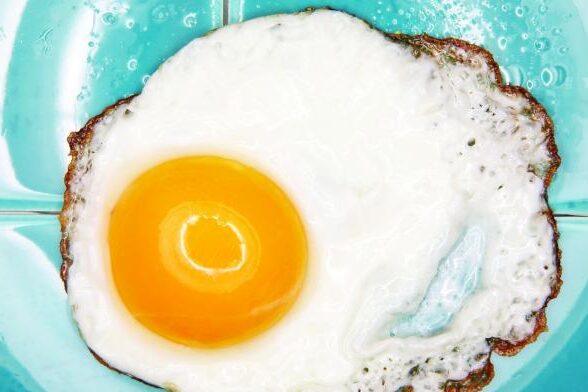There has been so much talk about cholesterol over the years and the information can be very confusing. We used to think all cholesterol was bad but in fact there are 2 types of lipoproteins that carry the cholesterol in the bloodstream-
LDL(low density lipoprotein) is the bad type which causes the formation of hard plaques in the arteries potentially causing cardiovascular problems and then there is –
HDL(high density lipoproteins) which are sometimes called ‘good’ cholesterol and they help clear up the excess LDL and protect against heart disease.
It is the balance between the LDL and HDL levels that is important and it is worth being tested to note your levels. High cholesterol does not cause any symptoms so you have no way of knowing without the test.
The test is a simple blood test usually taken when no food has been consumed for 12 hours and the blood is sent off to the lab to get the detailed breakdown of the levels. There is another form of test which is a simple pin prick test but this does not give such detailed information.
Your test will also give you the levels of Triglycerides in your blood.
Triglycerides are fatty substances similar to bad cholesterol. They are a form of fat that circulates around the body and are used for energy. However if there is excess they get stored in the body as fat and also contribute to hardening of the arteries.
High cholesterol is mainly caused by eating fatty food, not exercising enough, being overweight, smoking and drinking alcohol. It can also run in families.
You can lower your cholesterol by eating healthily, taking more exercise and cutting down on alcohol.
There are some people who despite these measures cannot get their levels down and they may need to think about taking statins.
The doctor will look at the results and taking into account your age, blood pressure, lifestyle, family history, decide the best route for you.
About your cholesterol result
A cholesterol test can measure:
- total cholesterol – the overall amount of cholesterol in your blood, including both “good” and “bad” cholesterol
- good cholesterol (called HDL) – this makes you less likely to have heart problems or a stroke
- bad cholesterol (called LDL and non-HDL) – this makes you more likely to have heart problems or a stroke
- triglycerides – a fatty substance similar to bad cholesterol
When you get your result, you may just be told your total cholesterol but you can ask for the breakdown.
Healthy levels for different types of cholesterol | |
Result | Healthy level |
Total cholesterol | 5 or below |
HDL (good cholesterol) | 1 or above |
LDL (bad cholesterol) | 3 or below |
Non-HDL (bad cholesterol) | 4 or below |
Triglycerides | 2.3 or below |
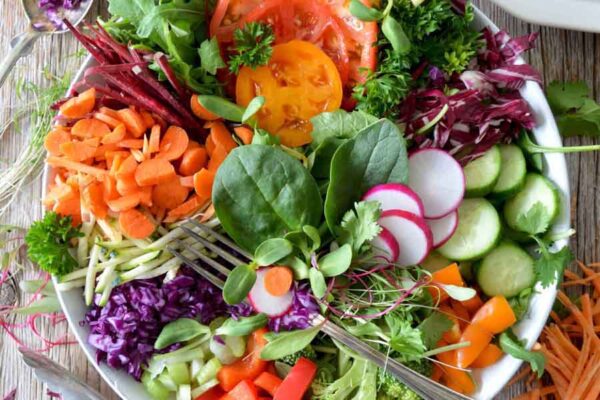
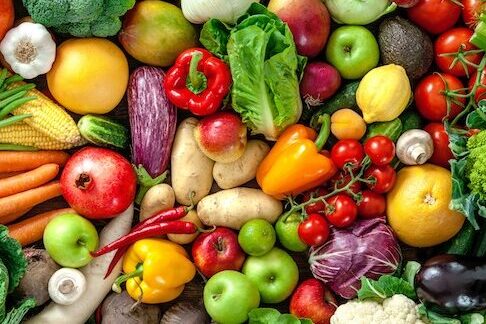
Things that increase your HDL are not just foods but also other factors such as sedentary lifestyle, obesity, inflammation, type 2 diabetes, alcohol and smoking.
To lower your LDL levels by eating the correct foods will in turn improve your LDL to HDL ratio.
Foods that are high in HDL or help lower the LDL
1. Olive oil– Extra virgin oil is the best one to use
It is high in calories so use it sparingly
2. Beans and Legumes
3. Whole grains such as bran, cereals, wild rice help lower your LDL and total cholesterol
4. High fibre fruit– Fruits with a lot of fibre such as prunes, apples and pears can lower your LDL level and help raise up the HDL level
5. Fatty fish– The omega 3 fatty acids in fish can lower your LDL e.g salmon, trout, mackerel, tuna and sardines.
6. Flax seeds– are also full of omega 3 fatty acids and are one of the best vegetarian sources of omega 3. Ground flax seeds are best as they are hard to break down by the body. Ground flax seeds can be sprinkled on your cereal or yoghurt for breakfast or added to salad dressings.
7. Chia seeds– also a great source of omega 3 fatty acids and fibre they can help reduce LDL levels. They can likewise be added to cereal, yoghurt or in smoothies.
8. Nuts -such as brazil nuts, almonds, pistachios and peanuts are full of heart healthy fats and fibre. They also contain plant sterols which help block absorption of cholesterol in the body. Nuts are very good for you but are also high in calories so consume in moderation.
One of the most beneficial changes is limiting the saturated and trans fats you eat.
Saturated fats — such as those in meat, sausages, butter, cream, cheese, cakes, biscuits and things containing palm oil. all raise your total cholesterol. By decreasing your consumption of saturated fats to less than 7 % of your total daily calorie intake you can reduce your LDL cholesterol by 8 to 10 %
Most people in the UK eat too much saturated fat and it is best to try and replace some of your diet with foods high in unsaturated fat such as oily fish, nuts, seeds, avocados, vegetable oils such as olive oil.
Trans fats/ partially hydrogenated vegetable oil are often used in margarines and factory-made biscuits, crackers and cakes and are also found in some meat products, milk and dairy foods. Trans fats also raise overall cholesterol levels.
Natural cholesterol-Some foods naturally contain cholesterol called dietary cholesterol. Foods such as kidneys, eggs and prawns are higher in dietary cholesterol than other foods.
Dietary cholesterol has much less of an effect on the level of cholesterol in your blood than the amount of saturated fat you eat does.
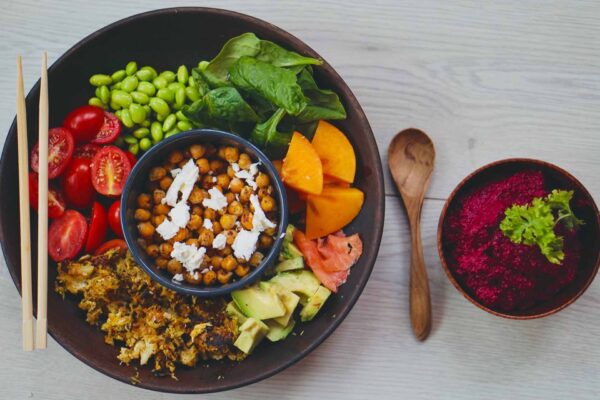
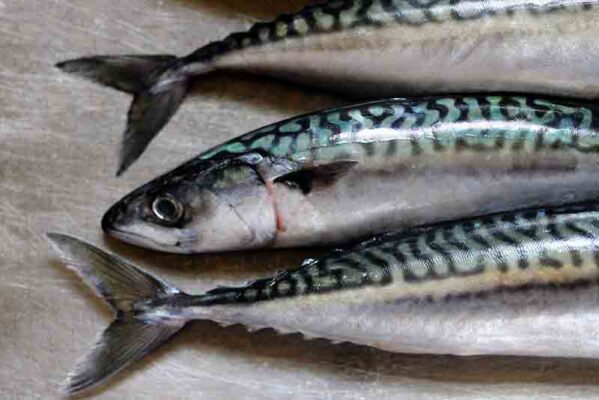
How to reduce your cholesterol
1. Cut down on fatty food- high in saturated fats.
You can still have foods that contain a healthier type of fat called unsaturated fat.
Try to eat more:
- oily fish, like mackerel and salmon
- brown rice, bread and pasta
- nuts and seeds
- fruits and vegetables
Try to eat less:
- meat pies, sausages and fatty meat
- butter, lard and ghee
- cream and hard cheese, like cheddar
- cakes and biscuits
- food that contains coconut oil or palm oil
2. Exercise more
Aim to do at least 150 minutes (2.5 hours) of exercise a week.
Some good things to try when starting out include:
- walking – try to walk fast enough so your heart starts beating faster
- swimming
- cycling
3. Stop smoking
Smoking can raise your cholesterol and make you more likely to have serious problems like heart attacks, strokes and cancer.
4. Cut down on alcohol
Try to:
- avoid drinking more than 14 units of alcohol a week
- have several drink-free days each week
- avoid drinking lots of alcohol in a short time (binge drinking)
If after trying all of this the levels are still high go back to your GP and discuss the way forward.
See article on Statins
Sources- NHS site
Heart UK.org

